What Is A Fistula Causes, Diagnosis, Treatment All You Need To Know
How Severe Is A Fistula?
The seriousness of fistula depends upon its position and place in the body and how deep it penetrates. It can cause a lot of pain discomfort and serious complications if left untreated. The decision of treatment is also made based on the type and position of fistula in the body.
Some fistulas can lead to bacterial infections and life-threatening conditions due to organ damage. A variety of fistula treatments are available, and with timely treatment, the patient can be saved from severe complications.
Fistula Surgery
Why fistula happens? It is a crucial question here. They are caused by injury or surgery. Sometimes infection gets chronic and leads to severe inflammation, causing fistula. Fistulas can form anywhere in the body, such as between two intestines, anal fistula or rectovaginal fistula.
Sometimes fistula is created on purpose to treat severe kidney problems or even in kidney failure to perform dialysis.
Fistula surgery usually takes 30 minutes and is mostly done for anal fistula. Anal fistula forms when inflammation in intestines turns into an ulcer and affects the nearby organs. These ulcers can develop a passage draining pus from the infected area.
During surgery, fistula can be laid open to let it heal from inside out. A person needs regular dressing until the fistula is treated. After the surgery, a patient needs to take rest and can start eating and drinking again when he is ready.
Av Fistula – Arteriovenous Fistula
Av fistula, also called dialysis fistula, is a connection of an artery to a vein, made by a vascular surgeon. Usually, Arteries carry blood from the heart to the body, and veins carry the blood back from the body to the heart.
Through a surgical process, Av fistula is placed either in the top arm or forearm. This causes extra pressure and blood flow into the vein. It compels the vein to become large and robust to make blood easily accessible to vessels. Without Av fistula, life-saving process hemodialysis is not possible.
Av fistula provides good blood flow, and without it, the veins will collapse like a straw under strong suction. Doctors highly recommend av fistula because it lasts longer and is less likely to get an infection or blood clots.
Before Av fistula insertion, a doctor may do a vessel mapping test. Then a specially trained technician will perform the procedure in a health care provider’s office or hospital. This procedure does not need to be performed on a patient under anesthesia. After analysis, the surgeon can specify which blood vessel to use for this procedure. Some patients may require an overnight stay at the hospital.
Av fistula needs 2-3 months to develop before the patient can use it for hemodialysis. If Av fistula fails to develop, a new procedure will be required to repeat the process.
The abnormal connection between the artery and vein is called an arteriovenous fistula. Normally, blood flows from arteries to capillaries to your veins. And through your capillaries, oxygen, and nutrients are passed to tissues. With AV fistula, blood bypasses the capillaries and flow directly from the artery to the vein. Tissues do not get proper blood supply with arteriovenous fistula.
It usually occurs in legs and can cause serious complications. Purplish or bulging veins or swelling in arms and legs are common symptoms for Av fistula. They may cause heart failure due to decreased blood supply.
If Av fistula happens in the lungs, the complications become severe, and if it occurs in the stomach, it can cause bleeding in the trachea.
Av fistula is also made surgically in the body for the dialysis process. It is also called dialysis fistula.
Hand Foot And Mouth Disease While Pregnant – Complete Fact Sheet
Tracheoesophageal Fistula
The relation between the esophagus and the trachea is called a tracheoesophageal fistula.
The esophagus connects the throat to the stomach, and the trachea connects the windpipe to the lungs.
These are two separate tubes, and sometimes babies are born with this defect that the tubes are connected. This fistula can occur in different places in the body. The problem is also called TE fistula and happens during pregnancy.
With TE defect, when the baby swallows liquids, it is passed to the lungs through this connection and can cause pneumonia and other problems.
Obstetric Fistula
Obstetric fistula is a medical disorder. It happens during childbirth or elective abortion when the soft tissue between the vagina and urinary tract or between the vagina or rectum gets suppressed by the child’s head. It causes a hole between a woman’s genital and urinary tract or intestines.
Both vesicovaginal and rectovaginal fistula cause an offensive odor. Both these fistula happens due to the absence of skilled medical staff during delivery or abortion.
Colovesical Fistula
Colovesical fistula is an abnormal alliance between the colon and the bladder. It is a rare condition that can allow fecal matters to enter the bladder and cause infection.
Colon sits above the bladder, and due to surgery or other trauma, this part can cause a fistula.
This is also known as a vesicocolic fistula. It is a treatable disorder and is usually treated through surgery.
Enterocutaneous Fistula
The abnormal connection between the intestinal tract or stomach and skin is called enterocutaneous fistula. Due to this fistula, the contents of the stomach or intestines leak through the skin. Mainly this fistula appears after bowel surgery. It can also happen due to peptic ulcer, Crohn’s disease, infection, injury trauma. Patients with ECF requires long term care.
Vesicovaginal Fistula
The abnormal opening between the bladder and vagina is called a vesicovaginal fistula. It is a subtype of female urogenital fistula and is a complex and distressing condition of gynecologic procedures.
VVF allows the continuous discharge of urine in the vaginal vault.
However, it is a rare condition but still quite common in developing countries due to poor hygienic conditions and lack of medical care. Vesicovaginal fistulas are treated through laparoscopy or through an abdominal incision called a laparotomy.
Bronchopleural Fistula
The opening between airways in the lungs and the space between membranes that lines the lungs is called a bronchopleural fistula. This usually happens due to lung cancer surgery or may develop after chemotherapy.
Diagnosis of the bronchopleural fistula is made through a CT scan of the chest, and treatment involves fixing up fistula via endoscopy or open chest surgery.
Perilymph Fistula
Thin membranes between your middle and inner ear, which separates fluids from the air, can rupture or tear, which can cause fluid from the inner ear to flow in the middle ear. The pressure that balances our hearing is affected by this.
Mostly perilymph fistulas happen after head trauma or due to rapid change in air pressure like during childbirth, scuba diving, air travel, or heavy lifting.
This fistula is treated by having bed rest for one to two weeks with no strenuous activity, but if the condition persists, then doctors treat it by injecting your blood in your ear, which causes the membrane to repair by itself.
Anal Fistula Surgery
Anal fistulas don’t heal on their own. Surgery is required to deal with them. The type and position of fistula will play an essential role in deciding the type of surgery needed. The operation is usually carried under anesthesia, and after surgery, a person is expected to stay in hospital.
Surgery is performed to heal the fistula while avoid harming the sphincter muscles and a bunch of muscles in the anal area.
The most familiar procedures for anal fistula surgery are Fistulotomy. This procedure includes removing the whole fistula and let it heal as a flat scar. A fistulotomy is the most beneficial procedure to treat anal fistulas if they have not yet passed sphincter muscles.
Seton Techniques
If fistulas have passed sphincter muscles, the surgeon will initially insert a piece of surgical thread called a seton. This piece will keep the fistula open for several weeks and will allow it to drain and heal by itself.
Advancement Flap Procedure
If fistula passes through anal sphincter muscles and performing fistulotomy has a risk of incontinence, then a flap procedure is performed.
This procedure includes the cutting of the fistula and filling in the hole. The treatment has a low success rate than fistulotomy but prevents the requirement to cut anal sphincter muscles.
LIFT Procedure
It is the treatment of fistulas that have passed through anal sphincter muscles, and performing fistulotomy is now unsafe. In this treatment, fistula and sphincter muscles are separated after cutting the skin.
The fistula is then sealed at both sides and is left open so that it lies flat. This technique has quite a reasonable success rate.
Endoscopic Ablation
In endoscopic ablation, a tube with a camera on its end is inserted in the fistula. Then an electrode is ratified through an endoscope to clog the fistula.
Laser Surgery
Laser surgery is conducted by using laser light to seal the fistula.
Fibrin Glue
This is the only non-surgical technique to deal with anal fistula using fibrin glue. It involves a procedure where your surgeon seals the fistula by putting glue in it, which facilitates it to heal up.
This procedure may not be long-lasting, but it is a reasonable option for fistulas that pass through anal sphincter muscles as they are not chopped in this procedure.
Bioprosthetic Plug
It is used to shut off the gap of the fistula. A bioprosthetic plug is a cone-shaped spigot prepared from animal tissue.
Vaginal Fistula
The abnormal gap that allows your vagina to connect to other parts of your body like colon or bladder is called a vaginal fistula. It will enable your vagina to pass urine or stool.
This fistula develops as a result of injury, surgery, or infection. A vaginal fistula needs to be closed up for the body to perform its normal functions again.
The different Types Of Vaginal Fistula Are:
Vesicovaginal fistula, also called bladder fistula, is an opening between the vagina and bladder. This is the most typical type of vaginal fistulas.
Ureterovaginal fistula, which develops between your vagina and the duct that carries urine from kidneys to the bladder.
Urethrovaginal fistula is an opening between the vagina and the tube that carries urine out of your body.
A rectovaginal fistula is an opening between the vagina and the lower portion of the large intestine, rectum.
Colovaginal fistula occurs between the vagina and colon.
Enterovaginal fistula, which is opening between small intestine and vagina.
Click To Learn More: Complications Of Placenta Previa During Pregnancy
Carotid Cavernous Fistula
The abnormal connection between internal or external carotid arteries and cavernous sinus is called a carotid-cavernous fistula. It is a rare condition and occurs due to traumatic or spontaneous rents in walls of a carotid artery or its branches, which results in short-circuiting of the arterial blood into the venous system of the cavernous sinuses.
If left untreated, difficulties like
Increasing proptosis, conjunctival chemosis, and visual loss can occur.
They are treated using a detachable balloon technique, and after the procedure, they rarely reopen again.
Enterovesical Fistula
This fistula is also known as vesicoentric fistula and occurs between bowel and bladder.
The urinary system is entirely separate, but this fistula appears due to incomplete estrangement of urinary systems during embryonic development or due to infection, cancer, inflammatory conditions, or trauma.
References:
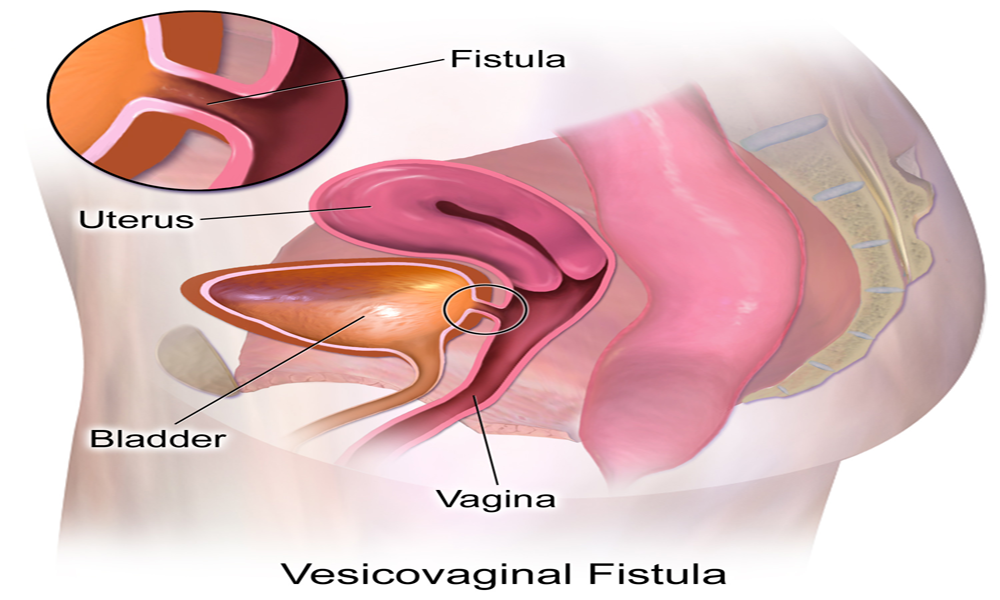
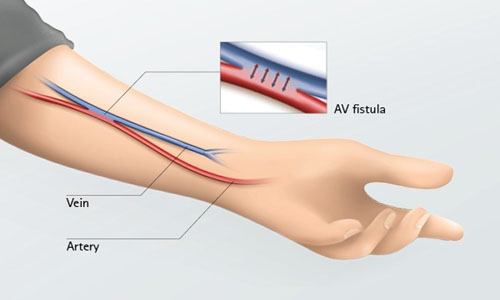

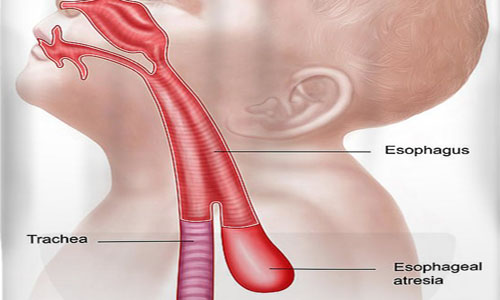
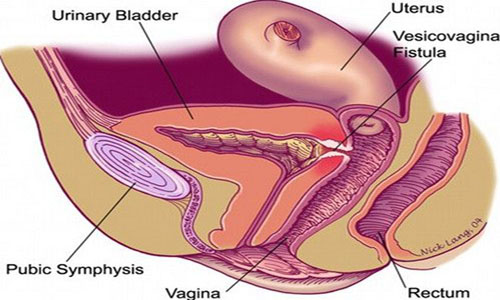
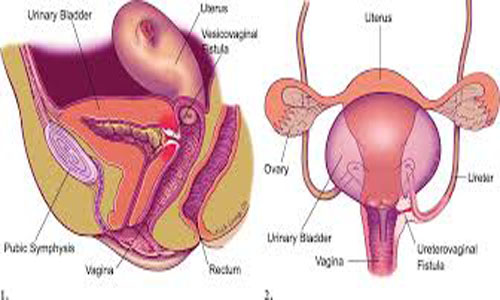
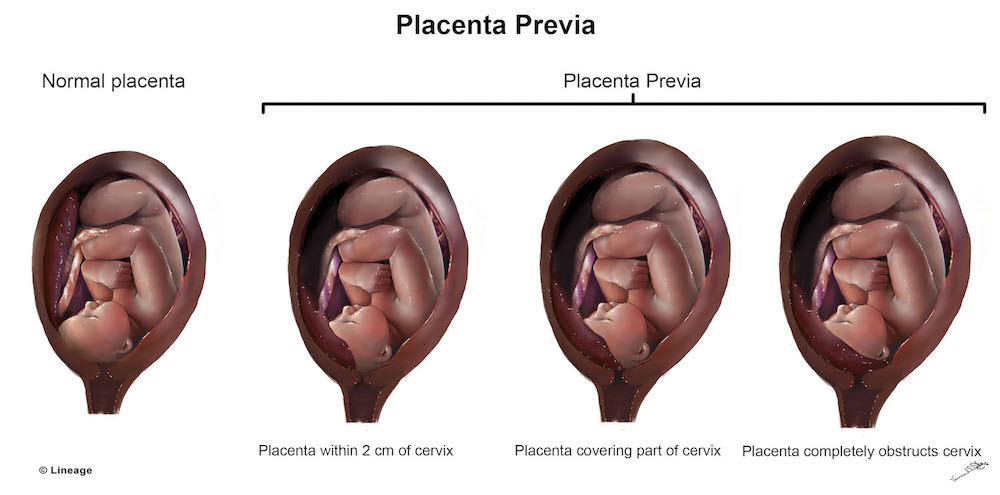
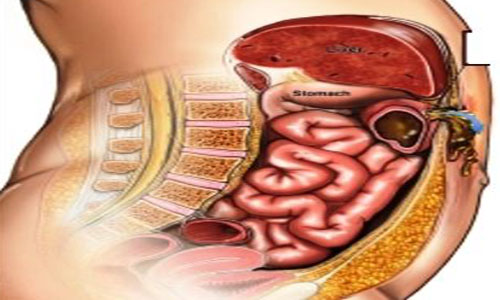
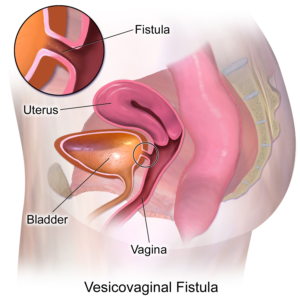
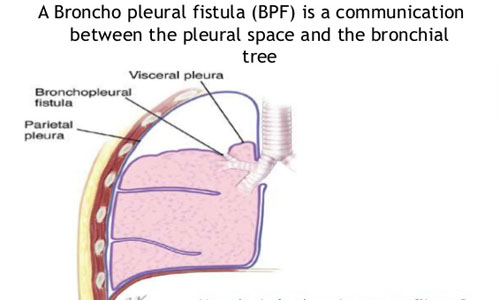
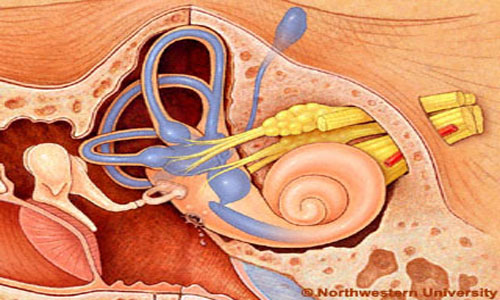
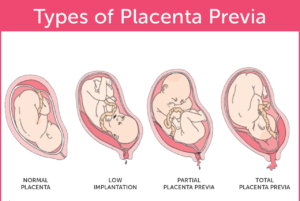
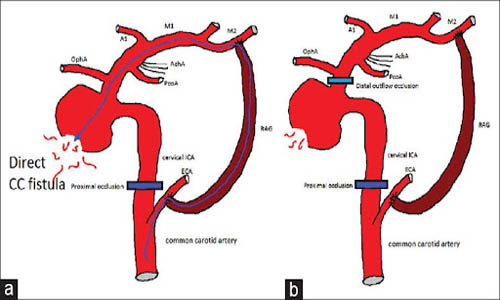




One Reply to “What Is A Fistula Causes, Diagnosis, Treatment All You Need To Know”